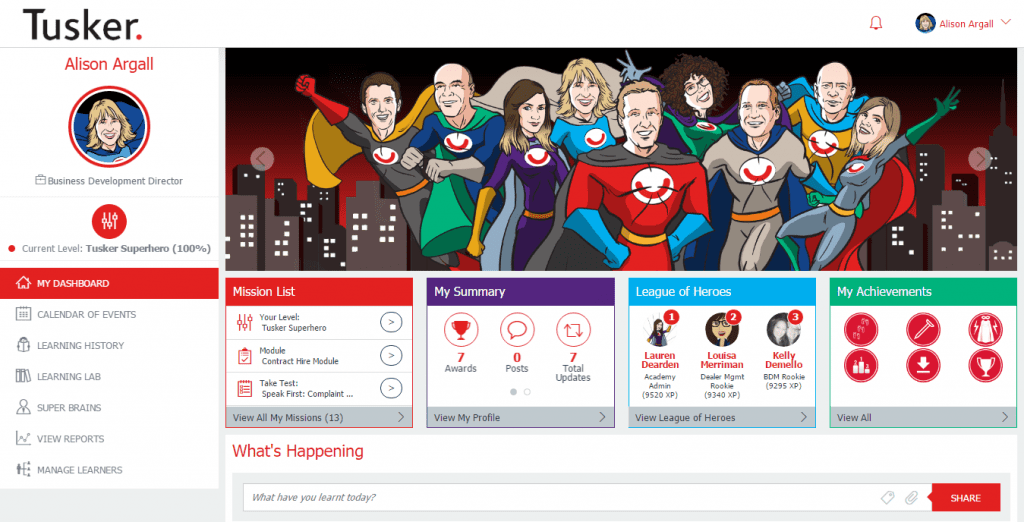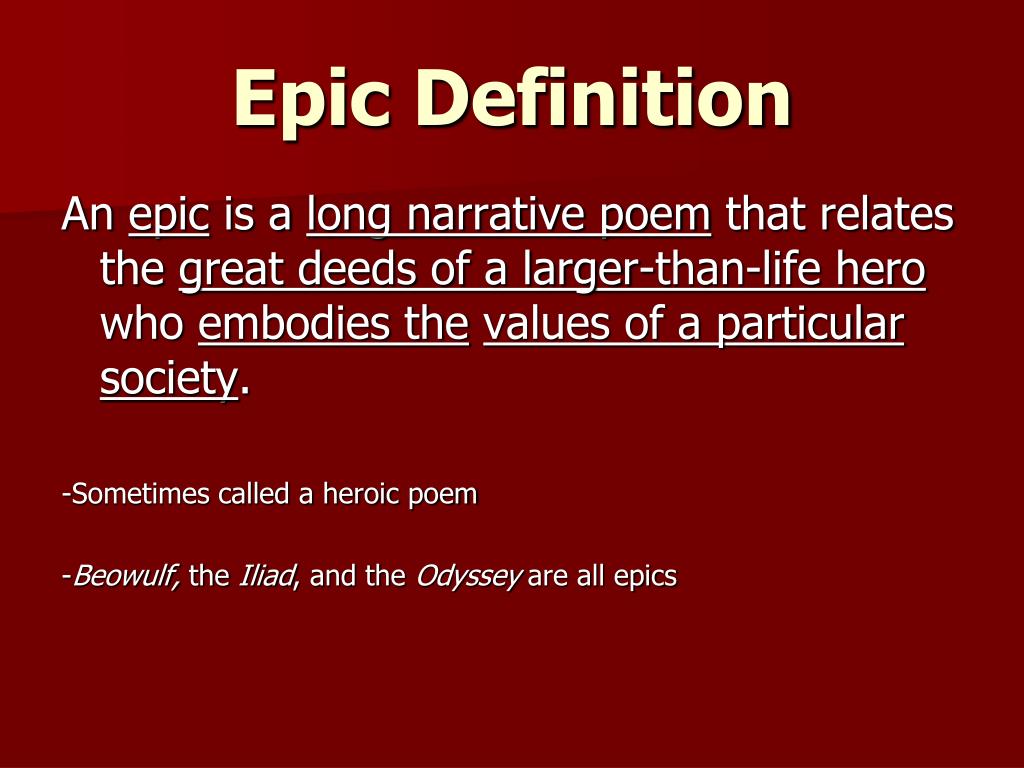

Step 2: Structure the Individual Work Items and Map them in a Single Place Step 1: Define the User Persona of the EpicĬlarifying the user persona, in other words, if the epic’s goal is to address feedback from existing customers or attract a new audience, will help you to understand critical project specifications better. Regardless, there are a few important steps to creating epics.

Some Agile teams utilize the user story template to formulate their epics, while others use short sentences to describe them.
EPIC MEANING IN CS SERIES
These series of work items share the same goal described by the epic.
EPIC MEANING IN CS UPDATE
Integrate with external systems to get the most out of your Kanban softwareĬreate and update cards via email and reply to emails by adding a commentĪgile epics are large pieces of work that can be broken down into smaller and more manageable work items, tasks, or user stories. Reduce multitasking, alleviate bottlenecks, and keep a steady flow of work


Visualize and track cross-team dependencies via card linksĬustomize your work items as needed and enhance communicationĬreate probabilistic plans for future project deliveryĪutomate your process to trigger actions when certain events occurĪnalyze your workflow’s performance through a variety of Lean/Agile charts Visualize your past, current, and future initiatives or projectsĭisplay critical business metrics and gather reports in one place Keep track of tasks and get accurate status reports in real-timeĬreate a network of interlinked Kanban boards on a team and management level Keep your teams' work in a single place with multi-layered Kanban boards Monitor business objectives, understand risks, and track the most important performance metrics Implement OKRs and align your strategy with day-to-day executionĭistribute and track work across the entire organization


 0 kommentar(er)
0 kommentar(er)
